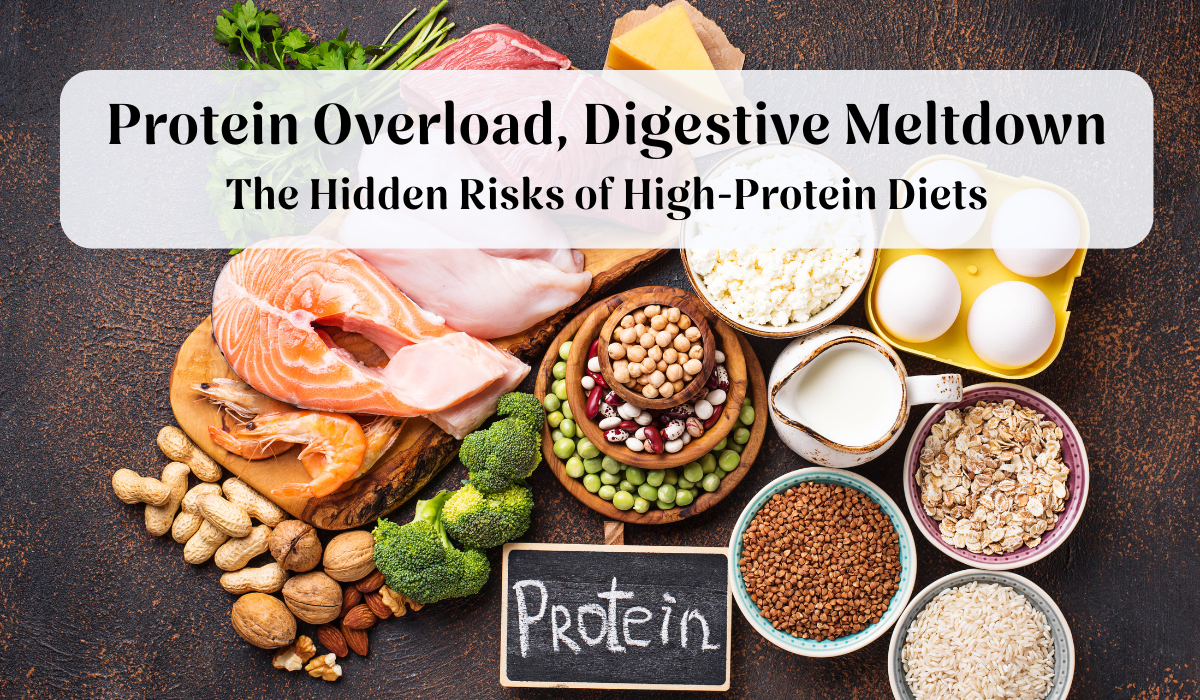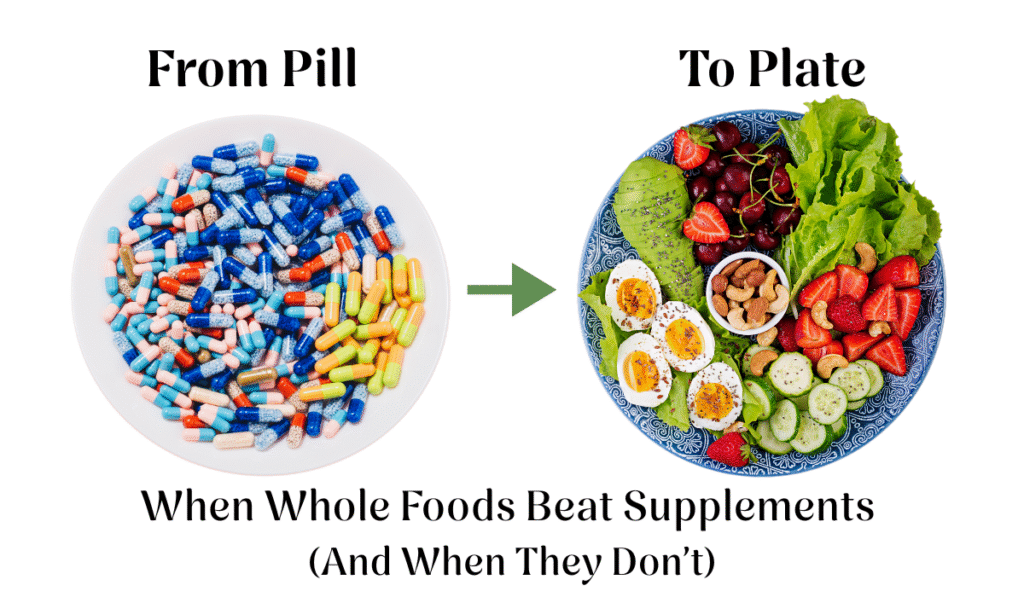Protein is essential — but not neutral.
From enzymes and immunity to hair, muscle, and hormones — protein is foundational.
But here’s the key: Protein is only as beneficial as your body’s ability to break it down, absorb it, and utilize it.
Excess or poorly timed protein intake can lead to digestive dysfunction, metabolic burden, and hormonal imbalances — especially in the Indian context where the focus is shifting toward gym-driven, Westernized diets.
Where High-Protein Diets Start to Backfire
1. Incomplete Digestion = Toxin Build-Up
Proteins are broken down into amino acids in the stomach by pepsin and hydrochloric acid (HCl).
Low HCl = incomplete breakdown = fermentation + gas production → bloating, heaviness, and ammonia-like stool odor.
Common in people:
-
On acid-reducing meds (PPIs)
-
With chronic stress or hypothyroidism
-
Eating late at night
-
Following raw or cold food patterns
2. Renal Burden
Excess dietary protein (especially whey, casein, or animal protein) increases urea and creatinine production.
This puts pressure on the kidneys to excrete nitrogenous waste — leading to dehydration, electrolyte imbalance, and even subclinical nephrotoxicity in sensitive individuals.
Risk increases if:
-
You’re not consuming 35–45 ml/kg of water/day
-
You follow a low-sodium diet with high protein
-
You’re over 35 and sedentary
-
You consume more than 1.6 g/kg protein regularly without breaks
3. Dysbiosis and Gut Inflammation
Excess undigested protein in the colon can feed pathogenic bacteria, disrupt gut microbiota balance, and lead to inflammation and leaky gut.
This is especially true with red meat, protein powders with additives, and poorly cooked legumes.
Symptoms:
– Post-meal fatigue
– Brain fog
– Skin flares
– IBS-like symptoms
4. Hormonal Disruption
Too much protein and not enough fiber or fat leads to:
-
Impaired estrogen clearance (estrogen gets reabsorbed in poor gut motility)
-
Disrupted thyroid function (low zinc or selenium intake with high protein use)
-
Cortisol elevation due to protein stress in low-carb diets
How Much Protein Do You Really Need?
The requirement depends on your:
-
Age
-
Physical activity
-
Health status
-
Digestive efficiency
General guidelines (Indian adult population):
-
Sedentary women: 0.8–1.0 g/kg/day
-
Active individuals: 1.2–1.6 g/kg/day
-
Strength trainers or athletes: 1.6–2.0 g/kg/day
-
Those with renal dysfunction: <0.8 g/kg/day (under clinical supervision)
Note:
Many urban Indians are shifting to >90g/day protein without adjusting water, digestive support, or mealtime balance — a recipe for long-term issues.
Timing & Combinations Matter
| When | What to Prefer | What to Avoid |
|---|---|---|
| Breakfast | Moong chilla + coriander chutney, Boiled eggs | Raw whey with banana (cold digestion starter) |
| Lunch | Dal + ghee + jeera rice, Rajma + salad | Paneer + curd + salad (triple indigestion risk) |
| Post-workout | Whey + soaked almonds, warm milk + turmeric | Cold smoothies with protein, acidic fruit combos |
| Dinner (light) | Methi tofu bhurji, Palak dal + jeera rice | Paneer + roti + curd late night (fermentation risk) |
Tips to Digest Protein Better
-
Chew it well — protein digestion starts in the mouth (especially plant proteins).
-
Support HCl — sip lemon water or ginger-cumin tea 30 mins before meals.
-
Don’t skip ghee/spices — fats and warming spices (ajwain, saunth, jeera) aid protein digestion.
-
Take enzyme breaks — 1–2 low-protein days weekly help reset digestive enzymes.
-
Avoid overload — 20–30g per meal is a sweet spot for most adults.
Final Thought:
You don’t need more protein.
You need better digestion, smarter timing, and strategic pairing.
At IntuiWell, we don’t just look at what’s on your plate.
We assess when, how, and whether your body is actually using what you eat.
Because nutrition isn’t about eating more — it’s about absorbing better.



